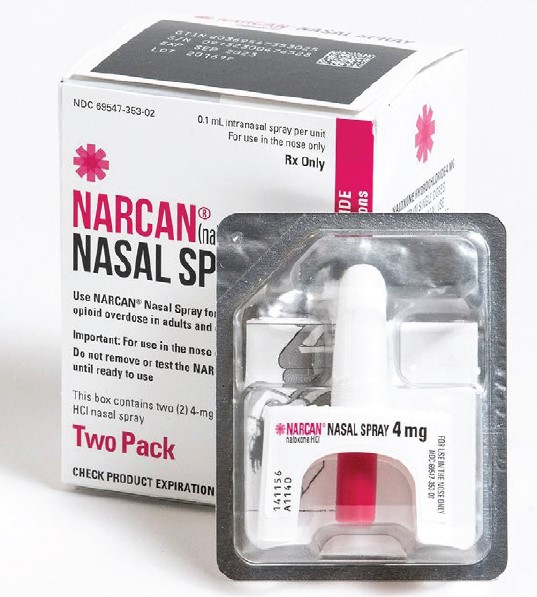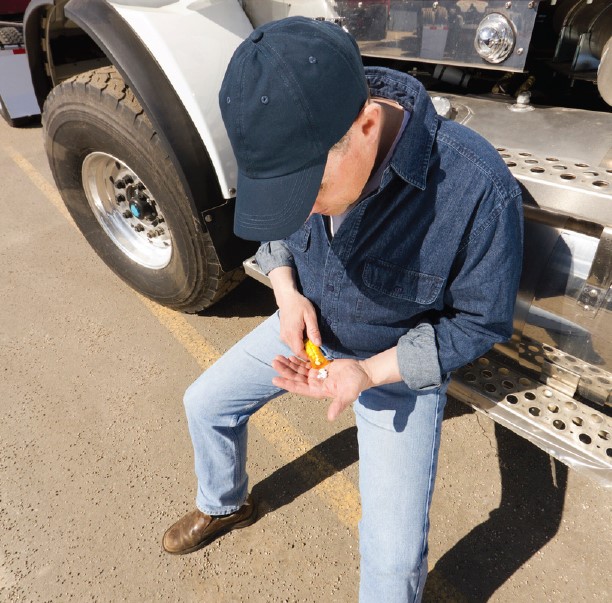EVERY YEAR, bills passed by the state Legislature and signed into law by the governor take effect, and 2023 was a busy legislative session in Sacramento. The end result is another set of new laws that employers need to stay on top of in the New Year.
1. Sick leave law expanded
A new law that took effect Jan. 1 increased the amount of paid sick leave days California workers are eligible for to five days (40 hours), up from the current three, or 24 hours.
The new legislation applies to virtually all employees in the state. Under the law, businesses have two options for providing sick leave:
Up front: They can provide all five paid sick days up front for the year, and these days can be used immediately.
Accrual: They can build up paid sick leave by either accruing one hour of leave for every 30 hours worked, or providing 40 hours of leave by the 200th day of the year.
2. Pre-employment cannabis screening
Employers in California are no longer allowed to ask a job applicant about past cannabis use. The legislation, SB 700, bars employers from conducting pre-employment drug screenings for cannabis. In addition, the new law, which took effect Jan. 1, prohibits companies from penalizing workers for their off-the-clock cannabis use. Another measure, AB 2188, makes it unlawful for employers to “discriminate” against a person for failing a workplace drug test that only detects inactive cannabis compounds called metabolites.
3. FAIR Plan increases its limits
With more and more California businesses being forced to go to the California FAIR Plan for their property coverage, the market of last resort has increased its commercial property coverage limits to $20 million per location from the previous $8.3 million. This should bring a semblance of relief to companies located in wildfire-prone areas, who have seen their commercial
property insurance non-renewed and who have been unable to find replacement coverage.
4. Workplace violence law
A new law, which takes effect July 1, requires employers with at least one worker to have in place a workplace violence prevention plan, and conduct workplace violence prevention training
and keep a log of violent incidents in the workplace.
The prevention plan must include:
• Procedures for the employer to accept and respond to reports of workplace violence.
• Procedures to communicate with employees regarding workplace violence.
• Procedures for responding to workplace violence emergencies.
Employers will also be required to train their workers on the plan and on how to respond to violent incidents or threats of violence.
5. Treasury reporting rule
A new Treasury Department rule requires businesses with fewer than 20 employees and less than $5 million in revenue to report ownership and control information to the Financial Crimes
Enforcement Network (FinCEN) as part of an effort to cut down on fraud, money laundering and the funding of terrorism that could run through anonymous business entities.
The new rule was prompted by the passage of the Corporate Transparency Act enacted in 2021, but which took effect Jan. 1. Companies formed after Jan. 1 will have 30 days to file that
information with FinCEN. Existing companies will have to start filing that information starting Jan. 1, 2025.
6. No more non-competes
Under two new laws, non-compete agreements with employees are expressly illegal starting in 2024 and if an employer requires one be signed, it could provide grounds for a lawsuit by the worker. Here’s a rundown of the two laws:
AB 1076 – This law adds new requirements and penalties to existing cases that make it illegal for employers to include non-compete clauses in employment contracts or require an employee to sign a non-compete agreement that doesn’t meet exceptions under the law. The law also requires employers to notify current employees who signed non-compete agreements that they are now void
under California law by Feb. 14, 2024. This also applies to former employees who were hired after Dec. 31, 2021.
SB 699 – This legislation bars employers from enforcing a non- compete agreement that is void under state law. Most notably it would make void an agreement signed by an employee out of
state who later relocates to California. It also provides employees and job applicants a private right of action, including awards for injunctive relief, actual damages and attorney’s fees, and costs if an employer requires them to sign a non-compete. Additionally, it makes a violation of the statute an act of unfair competition — another possible legal risk.
7. New joint-employer rule
The National Labor Relations Board has issued a final rule that expands the definition of what’s considered a joint-employer relationship and increases employers’ potential liability.
Under the rule, two or more entities may be considered joint employers if they share one or more employees and they both can determine the workers’ essential terms and conditions of employment. If a company is deemed a joint employer with another entity, each can be held liable for labor law violations that the other commits.
The new NLRB rule applies to almost all industries, but will have the most effect on companies that use staffing or temp agencies, firms that are third party employers, and franchisors.
The rule took effect Dec. 26, 2023 on a prospective basis, meaning it applies to any cases filed on or after that date.
8. Reproductive-loss leave law
Starting Jan. 1, workers in the Golden State can take up to five days off for a “reproductive loss,” defined as a miscarriage, stillbirth, failed adoption or failed surrogacy experienced by an
employee, their spouse or partner. Under the new law, SB 848, workers are not required to take all five days consecutively, but they must use them all within three months of the event.
If an employee experiences two reproductive losses in a year, they will be eligible for 20 days off.
9. New telecommuter class code
If you have staff who work remotely, you’ll want to know that there is a new California workers’ compensation class code. After droves of employees starting working remotely after the
COVID-19 pandemic began in 2020, the Workers’ Compensation Insurance Rating Bureau created a new telecommuter class code (8871) and tethered its pure premium advisory rate to the 8810
clerical classification for easier administration.
Under Rating Bureau rules, code 8871 will receive its own rate which is 25% lower than the clerical rate. If you have remote workers, you’ll want to ensure they are in the telecommuter class
code to enjoy the lower premium.
10. Minimum wage hike
The state minimum wage increased at the start of 2024 to $16 from last year’s $15.50. While that wage is for the state, a number of cities and municipalities have minimum wage rates that are higher. Additionally, a new law, AB 1228, raises the minimum wage for fast food restaurant workers in the state to $20 an hour, starting April 1, 2024. This rate will increase annually through 2029 based on inflation. v




